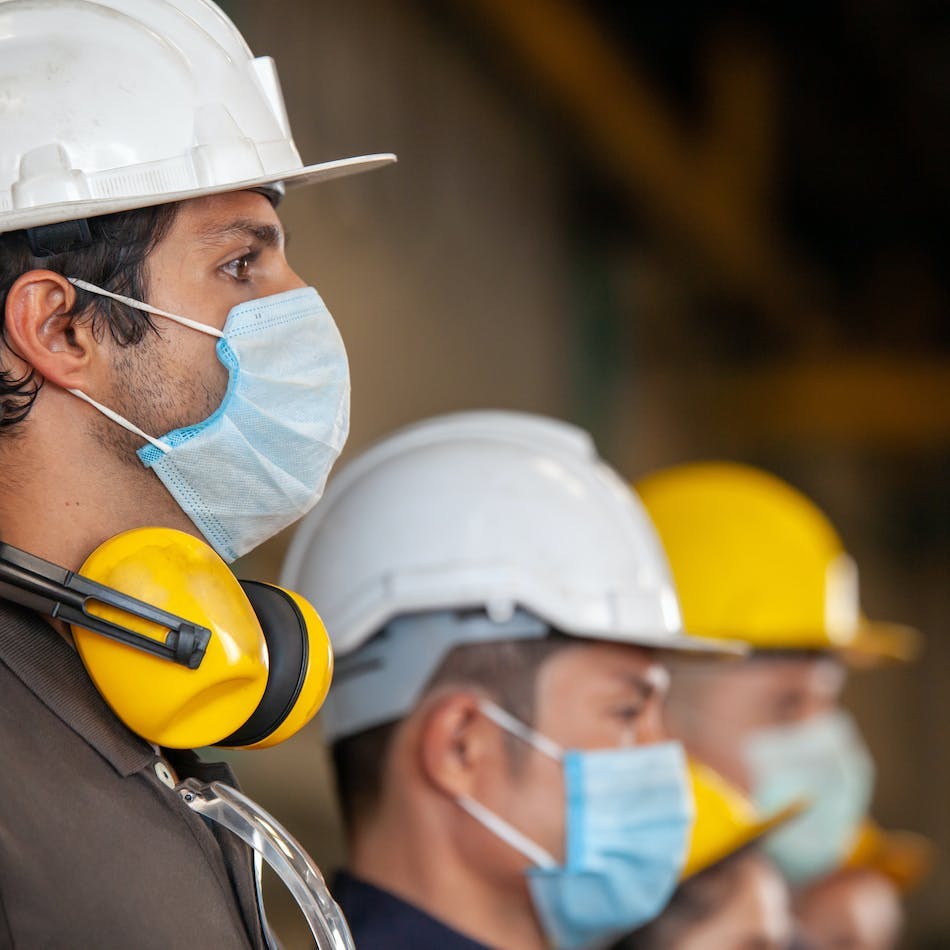Cal-OSHA Emergency Temporary COVID-19 Regulation
Published December 3, 2020

The November 19th approved Emergency COVID-19 Regulation (Section 3205) passed by Cal-OSHA was approved by the Office of Administrative Law (OAL) on November 30 and is effective immediately. Cal-OSHA is expected to hold a stakeholder meeting early in December to explain the new regulation and plans an additional advisory committee meeting after that. The new regulation now applies to all California employers except:
Employees working from home
Employees working alone or in an area where they have no contact with other people
Workplaces that are already covered by Cal-OSHA’s Aerosol Transmissible Disease Standard
On December 1, Cal-OSHA released a number of documents that can assist in developing the required written program including:
** **
Please see Cal-OSHA’s sample plan and regulation for full details on the requirements:
System for communicating with employees about COVID-19 – Employers need to develop written procedures for communicating with employees about COVID-19 testing resources, about potential COVID-19 exposure hazards in the workplace, the employers policies and controls that have been put into place to reduce transmission, and a way for employees to communicate with their employers about symptoms or positive test results without fear of reprisal.
Procedures for identifying and evaluating COVID-19 hazards in the workplace – Employers need to develop a plan for screening of employees prior to coming to work, create a process for responding to employees with COVID-19 symptoms, evaluate all work locations and tasks for potential COVID-19 transmission hazards and develop policies and controls for all hazards, maximize indoor air supply systems and filtration of HVAC systems, and conduct periodic audit of hazards and controls.
**Procedures for investigation and responding to COVID-19 cases in the workplace – **Employers must conduct contact tracing and notify exposed employees within one business day without revealing personal identifying information including information about potential resources and benefits. Employers also must offer COVID-19 testing at no cost to the employee during business hours for employees who had potential workplace exposure.
**Correction of COVID-19 hazards – **Employers must correct any potential COVID-19 hazards identified in the workplace.
**Training and instruction – **Employers must train employees on COVID-19 exposure prevention, the virus and its symptoms and transmission and on benefits and rights under California and federal law.
**Physical Distancing – **Employers must ensure employees are separated from each other by six feet except when the employer can demonstrate it is not possible. The standard has additional information about alternatives including barriers and increased testing of employees in areas where face coverings are not possible.
**Face Coverings – **Employers must provide face coverings for all employees and enforce their use.
**Engineering and administrative controls and Personal Protective Equipment – **The employer must evaluate the need for physical barriers and install in areas where six foot separation is not possible. Identification of high touch areas and implementation of daily cleaning an disinfection is required. This section also requires an evaluation of hand washing stations and providing time for employees to wash.
**Reporting, record-keeping and access –**Employers must maintain records of all the steps taken to implement their plan and make the plan available to employees and their representatives. Employers also must report serious illnesses to OSHA and keep all information confidential.
**Exclusion of COVID-19 cases – **Employers must exclude exposed employees from the workplace for 14 days. The new standard also requires employers to maintain earnings for employees who are kept out of the workplace for quarantine due to a workplace exposure and are otherwise able to work. All COVID-19 cases are also excluded from the workplace until they meet return to work rules.
**Return to work criteria – **Employees with symptoms of COVID-19 shall not return until at least 24 hours have passed since having a fever of 100.4 or higher has resolved without the use of fever reducing medications and their COVID-19 symptoms have improved and at least 10 days have passed since their COVID-19 symptoms first appeared.
**Outbreak and major outbreak procedures and reporting – **The new standard sets requirements for an outbreak of three or more cases in a 14 day period and requires employers to provide COVID-19 testing at no cost to employees during work hours and notify the local public health department within 48 hours. Testing for outbreaks must continue every week for all exposed employees until there are no new cases for 14 days. For major outbreaks of 20 or more cases within 30 days, the standard requires COVID-19 testing two times per week for all exposed employees and notification of the local public health department within 48 hours. Additionally, the standard mandates investigations, review of controls and change in work conditions and mandatory increase in HVAC filtration and outdoor air supplies.
**Employer Provided transportation – **The new standard includes details on face coverings, physical distancing and disinfection in employer provided transpiration. The section also prioritizes how employees should be grouped in shared transportation situations.
**Employer provided housing – **The new standard provides rules for bed spacing, physical distancing, cleaning and disinfection and grouping of employees in employer provided housing.

